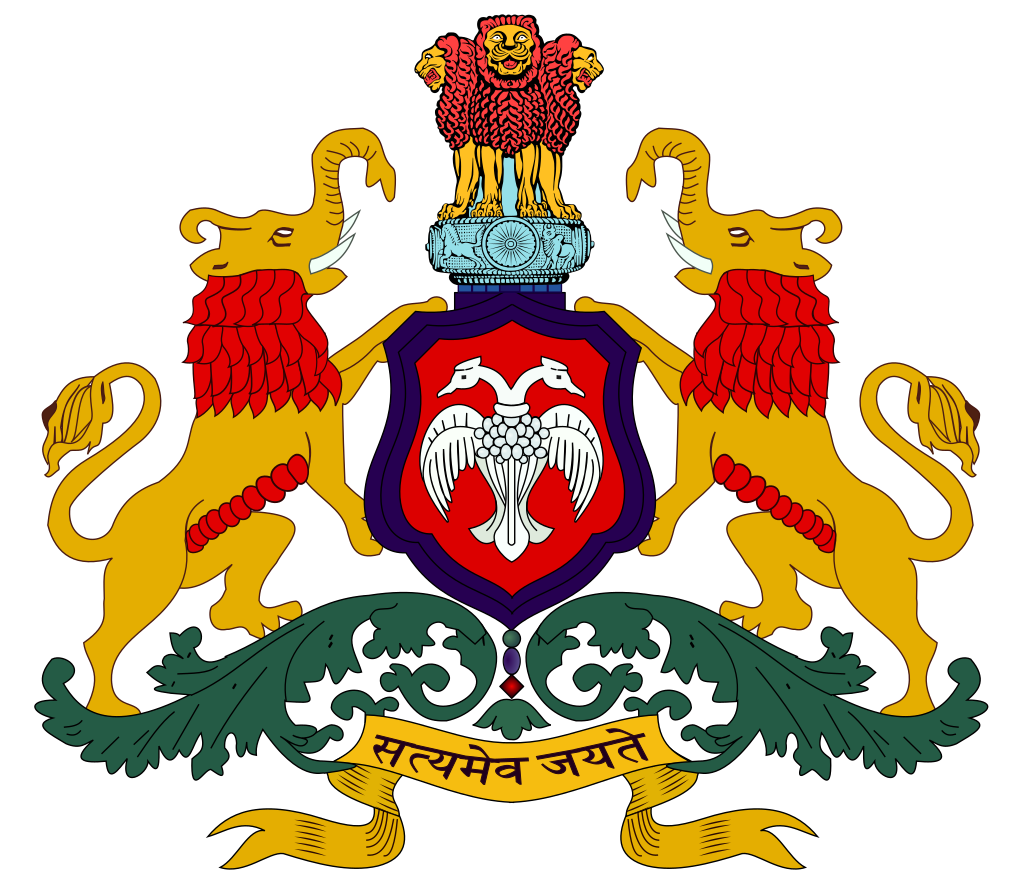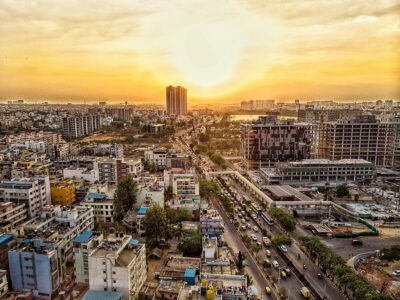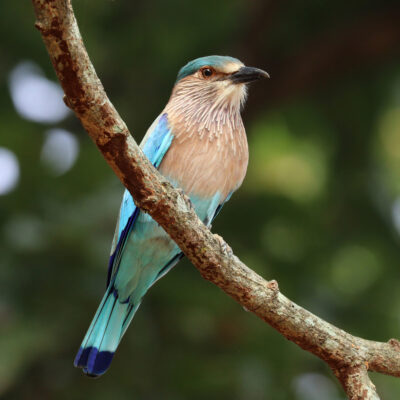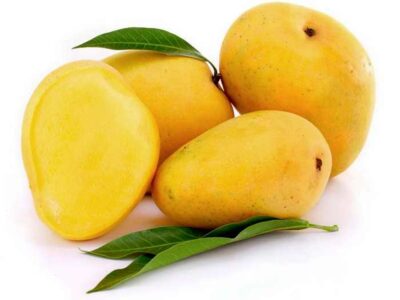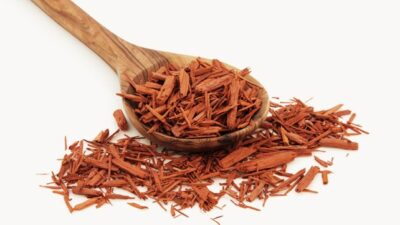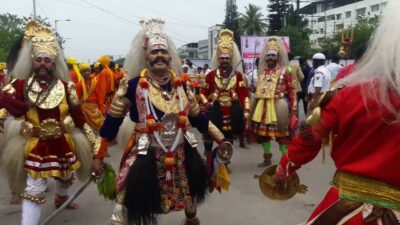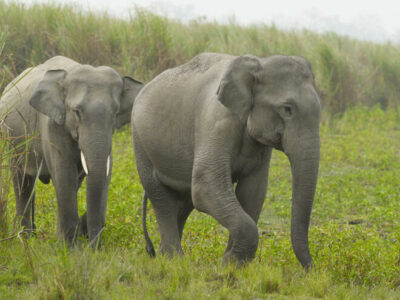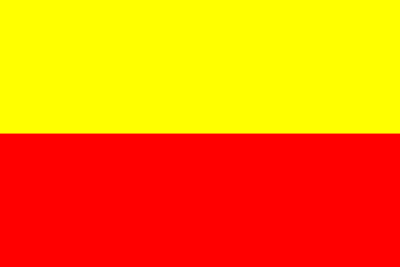State Symbols of Karnataka
Last updated on January 21st, 2023 by Editorial Staff
By | Updated on January 21, 2023
Reviewed by Rittika
Karnataka is an Indian state on the subcontinent’s western coast. Karnataka is the tenth most populous state in India. It is the only southern state that has geographical borders with each of the other four sister states in India. It is bordered on the north by Goa and Maharashtra, on the east by Telangana, on the southeast by Tamil Nadu, on the south by Kerala, and on the west by the Arabian Sea. Bengaluru (Bangalore), the capital, is located near the southeastern border. The state of Karnataka is blessed with seven vital river systems: the Godavari, Krishna, Cauvery, North Pennar, South Pennar, Palar, and all west-flowing rivers.
Kannada is the state’s most widely spoken and official language. Kannada is one of India’s classical languages. Urdu, Konkani, Marathi, Tulu, Tamil, Telugu, Malayalam, Kodava, and Beary are some of the other minority languages spoken in the area.
Shri Basavaraj Bommai and shri Thawarchand Gehlot are the present chief ministers of Karnataka.
Demographical Profile
The state has a total area of 191,791 km2 and a population density of about 61,130,704 people. The state’s literacy rate is 75.36 percent, with 973 females for every 1000 males.
Climate
Winter (January and February), summer (March through May), southwest monsoon (June through September), and post-monsoon (October through December) seasons characterize Karnataka’s climate. In the winter, maximum daily temperatures reach the upper 80s F (low 30s C), while in the summer, temperatures reach the low 100s F (about 40 °C). The drier areas of the Maidan receive about 20 inches (500 mm) of annual precipitation, while the wettest regions of the coastal plain receive about 160 inches (4,000 mm). The northeast monsoon, which blows during the post-monsoon season, brings the majority of the state’s yearly precipitation, which occurs between June and September. The winter months are significantly drier than the rest of the year.
Wildlife and Natural Vegetation
While coconut trees border the lagoons of Karnataka’s coastal plains, monsoon forests cover the Western Ghats’ Malnad region, and scrub forests and scrublands stretch across the Maidan’s drier plains. Tigers, elephants, gaurs (wild cattle), and deer inhabit the monsoon woods, which are extremely rich in wildlife. The Maidan is home to wild boars, bears, and leopards. Peacocks are a regular sight in the state. Many wildlife sanctuaries exist in Karnataka, including the huge Dandeli Wildlife Sanctuary in the northwest, which borders the Mahaveer sanctuary in Goa. There are several renowned natural parks, Bandipur in the south, near the Tamil Nadu border, and Nagarhole in the southwest, near the Kerala border.
Economy
The majority of the population is involved in agriculture. The following are the most common soil groups found in Karnataka: Red soils include red gravelly loam, red loam, red gravelly clay, and red clay. Gravelly soil, loose, black soil, and basalt deposits are all examples of black soil. Lateritic soils include gravelly lateritic soil and lateritic soil.
The most important food crop is rice grown on the coastal plain, followed by sorghum (jawar) and millet (ragi). Sugarcane is the principal cash crop, with cashews, cardamom, betel (areca) nut, and grapes as secondary income crops. Coffee and tea plantations may be found on the cool slopes of the Western Ghats; Karnataka is one of the country’s major coffee producers. Irrigation allows sugarcane, rubber, and fruits like bananas and oranges to be grown in the eastern region. Cotton, oilseeds, and peanuts thrive in the northwest’s black soil (groundnuts).
The forests in the Malnad region in western India provide a substantial amount of the world’s sandalwood supply. Mysuru also produces sandalwood oil, which is a major state export. Teak, eucalyptus, rosewood, bamboo, as well as tanning colors, gums, and lac are all essential forest products (used in the manufacture of varnishes).
Culture (Art, Music and Cuisines)
Karnataka, India’s southernmost state, has its own art and culture, shaped by a long history of linguistic and religious diversity. Coastal Karnataka’s traditional folk arts are significant theatrical forms. With companies like Ninasam, Ranga Shankara, and Rang built on the foundations put down by the Gubbi Veeranna Nataka Company, Karnataka has one of the most active contemporary theatrical cultures in India. Popular dance styles include Veeragase, Kamsale, and Dollu Kunitha.
Both Hindustani and Carnatic music thrive in Karnataka state. Hindustani music is popular in North Karnataka, whereas Carnatic music is popular in South Karnataka. Karnataka is known for its folk music. Many vocalists, including B. K. Sumitra, Bangalore Latha, B. R. Chaya, and others, have recorded countless folk songs in Kannada. Folk melodies such as Bhagyada balegara, Nimbiya Banada, Ghallu Ghallenuta, Munjaneddu Kumbaranna, Mayadantha Male Bantanna, Maralladyane, and others have become popular, and have been copied and reused in films.
Pilivesha is a popular dance genre seen on the streets and in temples around coastal Karnataka. It is a unique art form that requires the dancer to paint the image of a tiger on his body.
The food is flavorful and includes both vegetarian and non-vegetarian options. A typical Kannadiga Oota (meal) is served on a banana leaf and includes rice, sambar, pickle, ghee, dessert, and other curry-based meals.
Karnataka ladies prefer to wear sarees, while men prefer to wear dhoti and Kurta. In Karnataka, the main traditional dress for males is the ‘Panche,’ which is worn beneath the waistline with a shirt on top.
Tourism
Karnataka has many natural resources, and attracts a large number of tourists each year. Coorg, Nandi Hills, and Chikmagalur are just a few of the intriguing hill stations in Karnataka. People looking for pure beaches can visit the famous Blue Lagoon Beach and Ladies Beach in Karwar, which are both lined with Casuarina trees. Karnataka also has UNESCO World Heritage Sites like Hampi and Pattadakal, which are perfect for heritage tourism. The Gommatesvara statue at Shravanabelagola and the Gol Gumbaz in Bijapur are two more noteworthy heritages that have drawn travelers to Karnataka for centuries. There are also 21 animal sanctuaries and 5 national parks in this state.
State Information
| Official Language | Kannada |
| State Rank | 6 |
| Demonym(s) | Kannadiga (masculine) Kannadati (feminine) |
| Nickname | Karunadu, Silicon Valley of India |
| ISO | IN-KA |
| Formation Date | 1 November 1956 |
| Coordinates | Lat: 15.3173° N, Long: 75.7139° E |
| Area |
State seal
Motto of Karnataka
Satyameva Jayate- "Truth alone triumphs"
State symbols of Karnataka 👇
-
State capitalBanglore
-
State birdIndian Roller
-
State flowerLotus
-
State fruitMango
-
State treeSandalwood
-
State danceVeeragase
-
State animalIndian elephant
